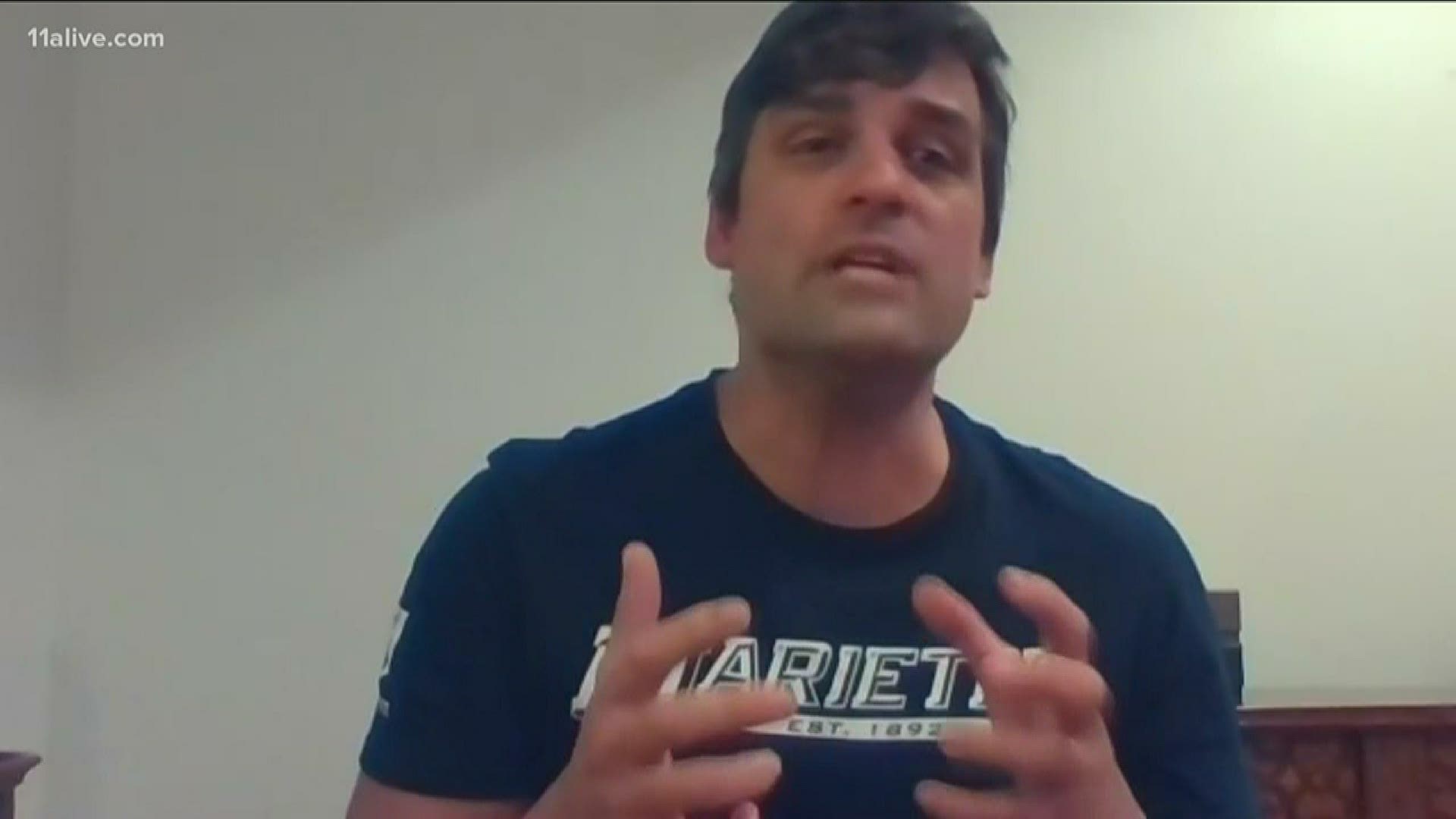ATLANTA — Many parents in Georgia are entering week three of digital learning at home. But while some families are fortunate enough to have internet and a computer, those are luxuries other families don't have, especially now that more parents may have missed a paycheck or lost a job.
Schools are closed through the end of the remainder of the school year. Gov. Brian Kemp say in his address to the public, Wednesday, that the state has to make a plan to help students learn from a distance, but the situation is showing big gaps.
The superintendent of the Marietta School District said they are finding most of their students are able to connect, but recognizes it's different for every family.
"The transition from face-to-face, in a school building, in-classroom learning to digital learning, for some, has been seamless. For others, it has not," explained Dr. Grant Rivera.
Rivera said that they have seen 82 percent of students in grades K-12 who have logged into the district's digital platform over the last five days.
"So, we know kids are engaging," he said.
But the experience of the 7,500 students in Marietta City Schools in a more affluent part of Cobb County, is different from students in Clayton County. And even in rural towns.
Dr. Morecease J. Beasley, the superintendent of Clayton County Public Schools said they are seeing nearly half - 48 percent - of their students not connecting consistently.
He said it's up to all educators and public officials to make sure every child has the same opportunities to learn and the same access.
"Speaking for urban students vs rural students - I speak for all students," Beasley said. "We need to ensure that if we have to close schools, that all of our students have access to their teachers. Not some of our students who are fortunate to have the right zip codes, but for all of our students."
Beasley said the districts are thinking about the "what-ifs" now - like what if there is a second wave of the virus, or other unforeseen circumstances.
He added that his district is one year into a five-year plan to get every student from third through 12th grade a Chromebook. They have gotten about 2,000 devices to kids, but they still need another 36,000.
It's all in efforts to make sure every kid has what they need to learn.
"We must eliminate the divide," Beasley concluded.
RELATED HEADLINES

